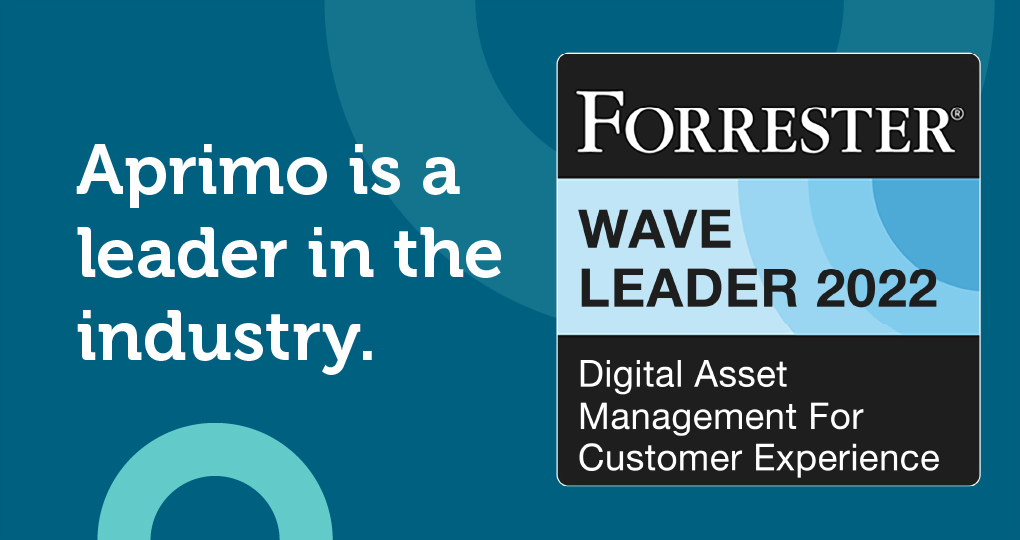AI for Content Governance: Ensuring Compliance and Brand Safety

Digital assets are a market in themselves, one worth $60.15 million. These assets may be images and videos or confidential documents. Different organizations produce them for various purposes, from advertising to internal communication. Now, when you have so much content, you also need a governance process to ensure your content complies with specific standards. The content also needs to stay safe and secure. However, there are several challenges in this space. For one, content governance requires continuous monitoring, which is difficult to do manually. Conventional methods rely on manual checks, which are time-consuming and prone to human error. AI comes to the rescue. Below, we look at AI digital asset management and why it works so well.

Core Components of AI-Powered Content Governance
AI-powered content governance has several key elements. They include:
-
Content classification: For structured data, AI uses context or theme to categorize it. In the case of visual content, AI uses image recognition to tag images and videos.
-
Policy enforcement: There are two subcomponents in policy reinforcement: machine learning models and rule-based systems. While the former is good at identifying a new type of content it is trained on, the latter is more suitable for metadata-based classification.
-
User authorization: AI helps manage user permissions in a digital asset management system. That means only people with the relevant permissions can edit or delete content. AI can also assist in identity verification, whether it’s through facial recognition or other methods.
-
Content moderation: Every organization has to adhere to several guidelines. For healthcare businesses, it’s HIPAA. For educational institutions, it could be FERPA. Similarly, GDPR is a requirement for companies operating in the EU. AI, coupled with a human moderator, can ensure compliance with these regulations.
Navigating Regulatory Compliance with AI
Access Now has a list of 26 recommendations on content governance for company policymakers and regulators. Similarly, every industry has its own set of compliance regulations and standards.
It can be hard to comply with all of them manually. From employee training to regular audits, the process can be pretty costly, too. AI not only lowers the cost, it also automates routine tasks.
More importantly, it allows real-time content monitoring. For instance, a company in health care can use AI to scan and identify any potential HIPAA violations. It can even use AI in different languages to cater to non-English-speaking patients.
Suppose your clinic wants to employ SMS for schedule reminders or prescription renewals. HIPAA guidelines specify what you can and can’t include in patient communication. An AI model can scan every SMS and flag any non-compliant messages before they are sent.


Enhancing Brand Safety Through AI-Powered Solutions
AI doesn’t merely keep you compliant with regulations. It also helps in brand safety and reputation management.
In the digital world, brand safety is related to how a brand is perceived online. It’s easy for misinformation and offensive content to spread these days. You don’t want your brand to be caught in the middle of a controversy.
AI helps prevent this risk. It keeps a constant watch on online content. If it detects any potential harm to your brand, it raises an alarm. It can even help in identifying counterfeit products or fraudulent online activities using your brand’s name.
Together, these activities do one thing: keep your brand reputation positive and spotless. If there’s a threat to your brand safety, the AI system can take immediate action and notify the concerned team.
Challenges and Solutions in Implementing AI for Content Governance
While AI digital asset management is definitely a boon for businesses, it comes with its challenges, including:
-
Data privacy issues, such as collection and storage of personal data
-
Lack of transparency in AI decision-making processes
-
Potential for algorithmic bias and discrimination
-
Integration issues with existing systems
-
High costs
-
Need for specialized technical skills
-
Resistance from employees and stakeholders due to fear of job loss
Businesses can overcome these implementation hurdles by addressing them individually. For example, data privacy concerns can be handled by obtaining consent from people before collecting their data.
You can minimize bias by using diverse datasets for training the AI system. As for integration issues, select an AI solution that works with your digital asset management system. Or just a DAM platform with default AI capabilities. Aprimo is an excellent example of such a platform, offering AI-powered features for use cases like compliance and brand management.
Vanguard is a good example of a company that has used AI to improve content management and governance. As an investment firm, Vanguard has to comply with several standards. Operating in a highly regulated industry means Vanguard has to be careful with its language in financial services advertisements. Vanguard used Persado, an AI language platform, to personalize its ads. The result? A 15% increase in conversion rates.
The American Marketing Association also uses AI to generate and manage its newsletter. As a result, the group’s 100,000 subscribers get hyper-personalized content, ultimately leading to higher reader engagement.





